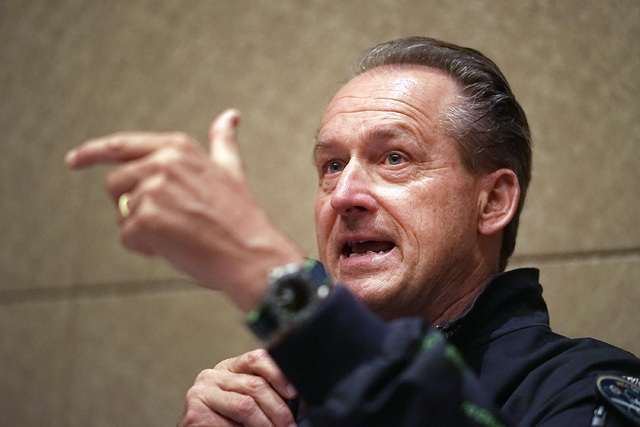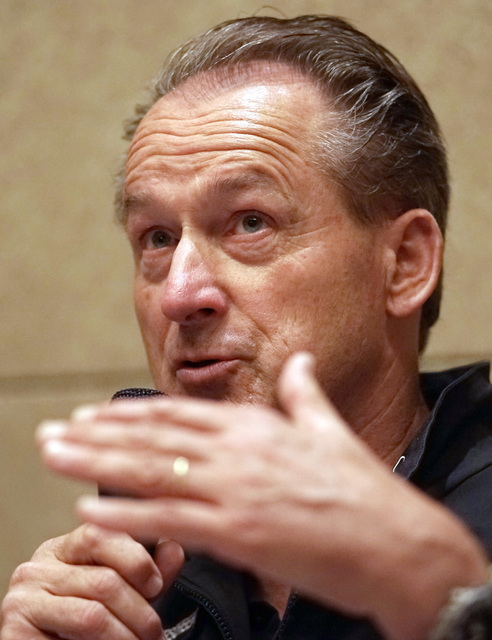Associated Press ADVERTISING Associated Press Eds: Links photos. With AP Photos. TOKYO (AP) — The pilot of a solar-powered plane that made an unplanned stop in Japan says his aircraft is now ready to fly but must wait out unfavorable
Associated Press
Eds: Links photos. With AP Photos.
TOKYO (AP) — The pilot of a solar-powered plane that made an unplanned stop in Japan says his aircraft is now ready to fly but must wait out unfavorable weather, perhaps for up to two months.
Swiss pilot Andre Borschberg said Thursday that it could take weeks for a weather front stretching from Alaska to Taiwan to clear enough for him to leave Nagoya in central Japan.
“Obviously, the goal is not to take risks but to get there safely,” Borschberg told reporters in Tokyo.
“The front, physically, it’s like a wall. It’s too cloudy. It’s too rainy. It’s too bumpy,” he said. “What we need is to find a weak spot in this ‘wall’ so we can fly over.”
Borschberg diverted to Nagoya due to weather worries while traveling from Nanjing in China to Hawaii, at 8,175 kilometers (5,079 miles) the longest leg of the round-the-world journey which began in Abu Dhabi.
He said his plane, which was slightly damaged by a cover tousled by the wind while on the ground in Nagoya, is fully repaired and ready to go.
The flight to Hawaii will take five or six days. The airplane carries no fuel, so project engineers use simulations to decide if it is safe to fly.
Borschberg and the project’s leader, Bertrand Piccard, are taking turns flying the plane solo. Since the plane is meant to travel during the summer, there is a limit to how long they can wait to make the flight this year.
“I hope we will find a time in the next two weeks,” Borschberg said. “What makes this flight very difficult is that we are at the very limit of what the weather forecasting can do today and we don’t want to take too much of a risk.”
The plane, called the Solar Impulse 2, is powered by more than 17,000 solar cells on its wings that recharge its batteries, enabling it to fly.
The goal of the project is less about solar-powered air travel — which would not be commercially practical given weather and weight constraints of the Solar Impulse, but about spreading a message about clean technologies.
The Solar Impulse’s extra-wide wings, brightly lit as it flew into Nagoya, caused some Japanese to call authorities to report a UFO, or unidentified flying object.
“The technologies that we use to illuminate the airplane that makes everyone think it’s a UFO … can be used anywhere on the ground,” Borschberg said. “What we try to say with this project is if we would use these technologies in homes, cars, appliances, we could drastically reduce energy consumption on the ground.”
———
Follow Elaine Kurtenbach on Twitter at twitter.com/ekurtenbach




